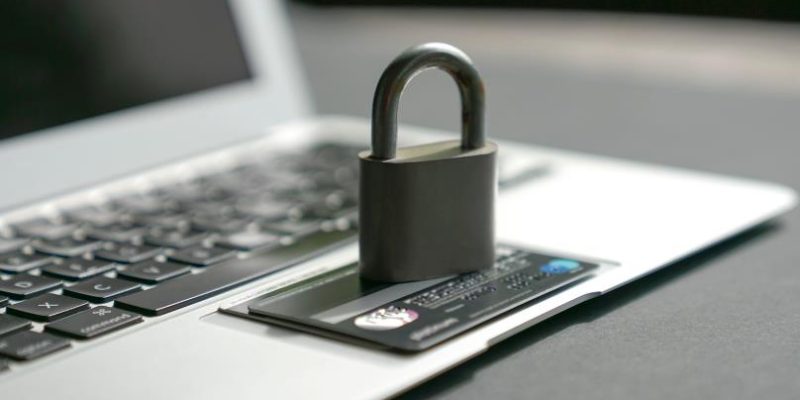
Technology Security Features In the UK’s Online Payment Landscape
Online payments are increasing in popularity for many reasons, including convenience. The ease with which people remotely pay for goods and services has considerably improved online payment volumes, encouraging customers to continue enjoying this convenience. However, despite the ease, security is a major problem on the minds of most online shoppers. In a 2020 survey, 69% of respondents noted concerns about safety, even though 79% of them use online payment platforms at least once a month. While 41% of the respondents are worried about potential hacks, 16% are concerned about fraud, and 12% worry about theft.
Common Security Features Use in the Online Payment Market
With about £259 billion worth of digital transactions made last year, the UK’s online payment is one of the world’s largest. The sheer size indicates a need for online platforms to adopt security features, and for users to only transact on regulated sites that adopt these methods. The following are a few security features commonly used in the online payment market:
Secure Sockets Layer (SSL) Encryption

SSL is a security encryption protocol comprising small data files that use cryptography to establish encrypted links between web servers and browsers. This link ensures that data exchanged between a browser and a web server are confidential and therefore inaccessible to third parties. The small documents, also known as SSL certificates, bind a website’s identity to public and private keys. While the public key allows a browser to begin communicating securely with a web server, the private key remains on the server to sign documents and web pages. This process secures all data exchanged, including payment details and sensitive user information.
Blockchain Technology
Blockchain technology is increasingly being adopted in the UK’s online payment landscape for enhanced security. For example, in crypto casinos for UK players, blockchain serves as a pivotal security feature. It ensures transaction integrity through its decentralized, immutable ledger, offering a transparent and tamper-proof system. This technology not only bolsters trust in online transactions but also significantly reduces the risks of fraud and hacking, making it an ideal choice for platforms requiring high security.
Device Authentication

Some online platforms require users to authenticate devices before processing transactions. Device authentication is an important feature that assures security in an era where online access is possible via multiple devices. Sites that adopt this security feature only allow users to complete transactions using one device. Customers who switch devices must authenticate the new one before use.
Device authentication is an excellent method for online banking platforms. It ensures that financial transactions are conducted securely, with each device linked to a user’s account needing prior verification, greatly reducing the risk of unauthorized access and financial fraud.
Geolocation Verification
Geolocation verification requires users to verify their identities when making payments from locations different from their usual. This is usually a straightforward process that requires additional information to prevent scams where fraudsters remotely access a user’s login details and try to steal their funds. Geolocation verification is commonly used by stock trading and investment platforms.
Two-Factor Authentication (2FA)

2FA is a simple security feature that requires a user to submit additional data after inputting their password. This is usually a one-time code sent to the user via email, SMS, or an authentication app like Authy or Google Authenticator. Some platforms also offer a predetermined set of passwords in addition to this code, to add an extra layer of defence against unauthorised access. 2FA codes are usually time-sensitive as they become useless after a very short period.
Security Audits and Compliance
According to the Payment Card Industry Data Security Standard (PCI DSS), organisations that handle, process, or store card data must conduct security assessments and audits. The assessment may include vulnerability scanning, penetration testing, and self-assessment questionnaires (SAQs). Assessments may also include external security audits conducted by Qualified Security Assessors (QSAs) certified by the Payment Card Industry Security Council (PCI SSC). Conducting an external audit promotes credibility and signals impartiality. Furthermore, payment platforms must comply with rules set by regulators like the Financial Conduct Authority (FCA) and the Prudential Regulation Authority (PRA).
Biometric Authentication

This is an authentication method that uses biometric features to verify user identities. While the most common are facial and fingerprint recognition, biometric authentication may also involve palm prints, hand geometry, iris or retina scanning, and voice recognition. Since these features are unique to individuals, they are a secure way to correctly verify user identities. These are commonly used when making payments on mobile devices, as they often already have the user’s facial scan stored to unlock the device.
Conclusion: Security of Online Payments
As the volume of digital transactions continues to increase, security should be a principal concern for all projects and users. According to a report, the UK had 4,783 cybercrime victims per million internet users in 2022, a 40% increase from 2020. Between 2022 and 2023, 32% of businesses in the UK suffered a cyber breach, with the average cost for medium and large businesses at £4960. Also, 31% of these businesses say they were attacked at least once a week. Considering these risks, all users and payment platforms must consider security measures paramount and continuously adjust to the rapidly-changing payment landscape to defend against security vulnerabilities. Among other solutions, payment platforms may consider using blockchain technology when transferring data, significantly minimising the risk of a breach.





